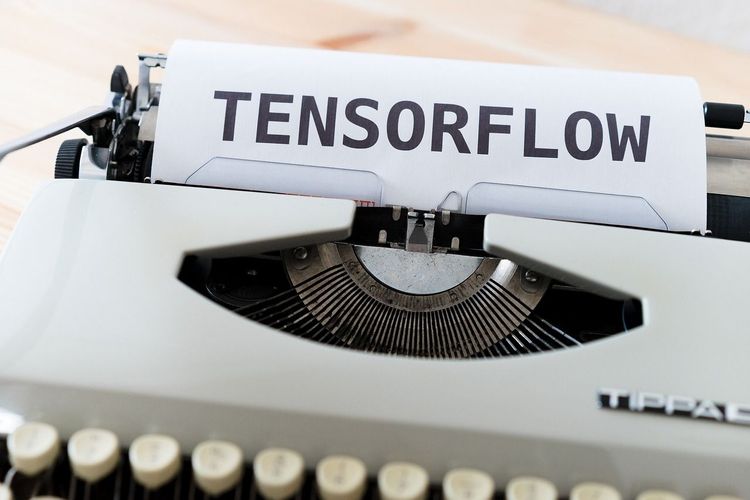Elon Musk’s xAI launched its Grok large language model (LLM) as “open source” over the weekend, positioning itself as a competitor to OpenAI, which, despite its name, lacks transparency. But does releasing Grok’s code genuinely benefit the AI development community? The answer is nuanced.
Grok functions as a chatbot, similar to ChatGPT or Claude, designed to respond to user queries. However, it stands out with a sassy demeanor and enhanced access to Twitter data, aiming to differentiate itself from other models.
Evaluating these systems remains challenging, but many agree that Grok is competitive with previous-generation, medium-sized models like GPT-3.5. Whether this is impressive, given its relatively short development timeline, or disappointing, considering xAI’s significant resources and publicity, is subjective.
Overall, Grok is a substantial LLM with notable capabilities. More access for developers to such models is beneficial. However, the term “open” must be critically examined; it should mean more than allowing a company or billionaire to claim moral superiority.
The use of “open” and “open source” in AI has faced scrutiny and dilution. We’re not merely debating the appropriateness of a specific license, such as Grok’s Apache 2.0. AI models present unique challenges in the open-source context because their creation involves extracting complex statistical representations from vast amounts of data—an opaque process that defies traditional inspection or modification methods.
While some companies label their models as “open” if they provide a public API or development paper, the closest to true open source for AI models is releasing their weights. This refers to the specific attributes of the nodes in their neural networks, essential for understanding how user inputs are processed. However, even “open-weights” models like LLaMa-2 do not include crucial data like training datasets or processes necessary for replication.
Moreover, creating or replicating these models involves millions of dollars in computational and engineering resources, limiting such endeavors to well-funded organizations.
So, where does xAI’s Grok fit on this spectrum? As an open-weights model, Grok is available for download, modification, and fine-tuning, which is a positive development. With 314 billion parameters, it is among the largest models accessible for free, providing significant opportunities for engineers to explore its performance after various adjustments.
However, the model's size brings inherent challenges. Users will need hundreds of gigabytes of high-speed RAM to run it effectively. Therefore, unless you possess a substantial AI rig—like a dozen Nvidia H100s—downloading it might not be worthwhile.
Despite Grok's competitiveness with other contemporary models, its size means it demands more resources to achieve comparable outcomes. There exists a balance between size and efficiency, and while Grok is a significant contribution, it may serve more as raw material than a polished product. Additionally, it's unclear if the version available is the final, optimized iteration, as some users have access to a more refined version through X.
In summary, while the release of Grok is a positive step for the AI community, it may not be the groundbreaking moment many anticipated. One wonders about Musk's motivations: Is xAI genuinely committed to open source, or is this an act of defiance against OpenAI, with which Musk has a contentious relationship?
If xAI is earnest about open-source development, we can expect more releases, community feedback, and transparent practices regarding training processes and data. If not, while Grok’s release still holds value, it may not command lasting attention in the AI landscape as the community moves on after exploring it.







